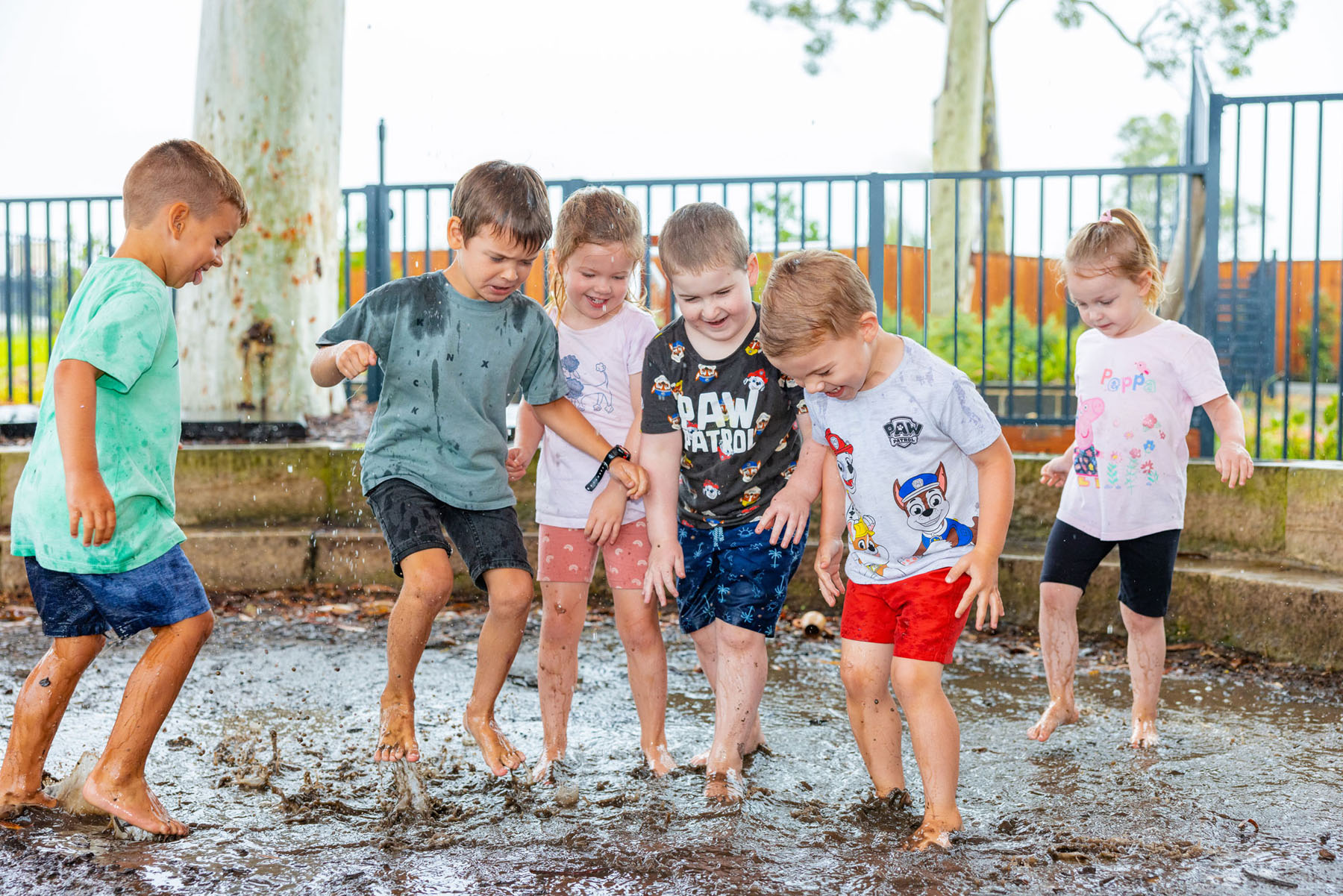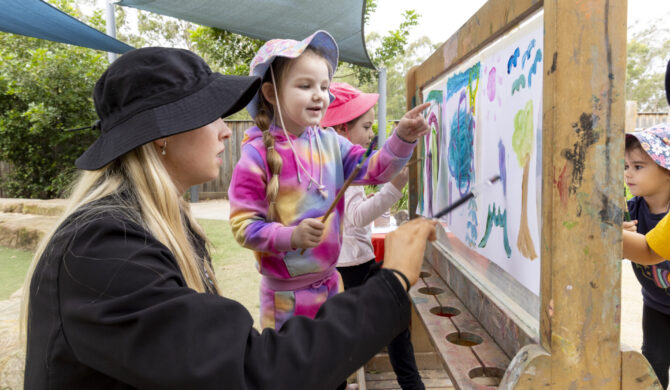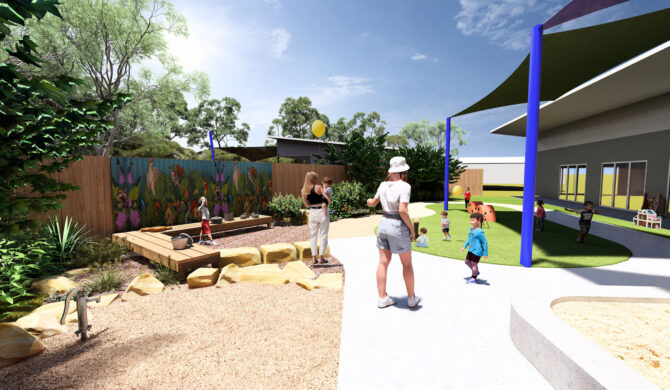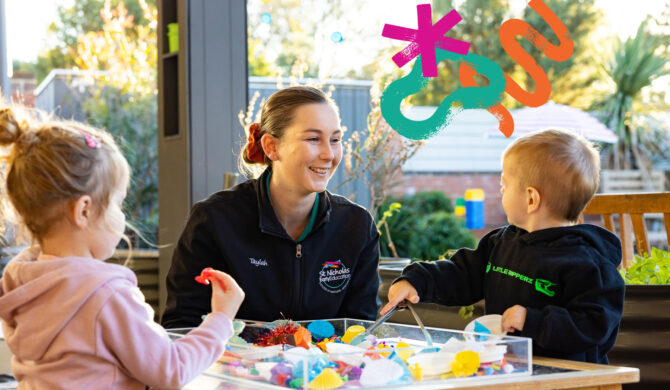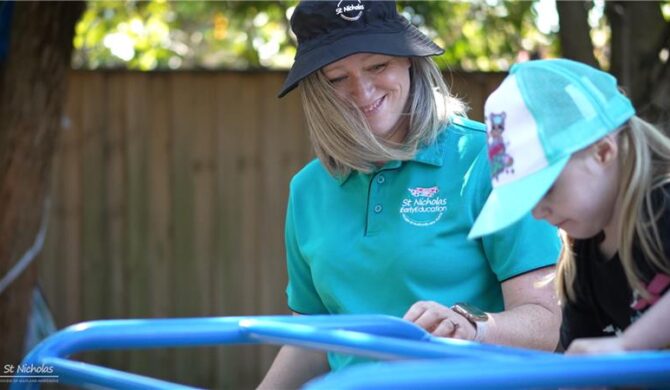As parents and educators, we often find ourselves at a crossroads when it comes to risky play. On one hand, we want to protect our children from harm. On the other, we recognise the importance of fostering independence and resilience. So, is risky play a friend or a foe in early childhood development?
What is risky play?
Risky play is characterised by thrilling and challenging activities that provide opportunities for children to test their limits, explore boundaries, and learn about risk. This includes activities like climbing high structures, balancing on beams, and engaging in rough-and-tumble play. According to Sandseter (2009), risky play can be categorised into six types: play with great heights, play with high speed, play with risky tools, play near risky elements, rough-and-tumble play, and play where children can disappear or get lost.
The benefits of risky play
Research indicates that risky play is crucial for children’s physical, emotional, and social development. It helps children develop motor skills, improve their spatial awareness, and build strength and coordination (Brussoni et al., 2015). Moreover, it encourages problem-solving skills and fosters a sense of accomplishment and confidence.
Emotionally, engaging in risky play allows children to experience and manage fear and anxiety, contributing to emotional resilience. Socially, it promotes teamwork, negotiation skills, and peer bonding, as children often engage in risky play together, learning to assess and manage risks collaboratively.
The role of risk assessment
While the benefits of risky play are well-documented, the role of adults in risk assessment is paramount. Rather than eliminating all risks, parents and educators should aim to manage and mitigate them. This involves creating a safe environment where children can engage in risky play under supervision and guidance.
According to Little and Wyver (2008), a balanced approach to risk allows children to benefit from the challenges of risky play while minimising potential harm. This approach includes setting clear boundaries, providing appropriate safety equipment, and encouraging children to assess risks themselves.
Balancing safety and development
The challenge lies in balancing safety concerns with the developmental benefits of risky play. Overprotective parenting can hinder a child’s ability to develop essential life skills. On the other hand, too much risk without proper supervision can lead to accidents and injuries.
To strike this balance, it’s essential to adopt a mindset that views risk as an opportunity for learning. Encourage children to take manageable risks and support them in understanding their limits. For instance, instead of forbidding climbing altogether, teach children how to climb safely and what to do if they feel unstable.
Risky play is a friend to childhood development, offering numerous benefits that contribute to well-rounded growth. By embracing a balanced approach to risk, we can create environments that nurture resilience, confidence, and problem-solving skills in our children. As educators and parents, our role is not to eliminate risks but to guide children in navigating them, turning risky play into a valuable ally in their development.
References
- Brussoni, M., Olsen, L. L., Pike, I., & Sleet, D. (2015). Risky play and children’s safety: Balancing priorities for optimal child development. International Journal of Environmental Research and Public Health, 12(6), 6423-6438.
- Little, H., & Wyver, S. (2008). Outdoor play: Does avoiding the risks reduce the benefits? Australian Journal of Early Childhood, 33(2), 33-40.
- Sandseter, E. B. H. (2009). Characteristics of risky play. Journal of Adventure Education and Outdoor Learning, 9(1), 3-21.


